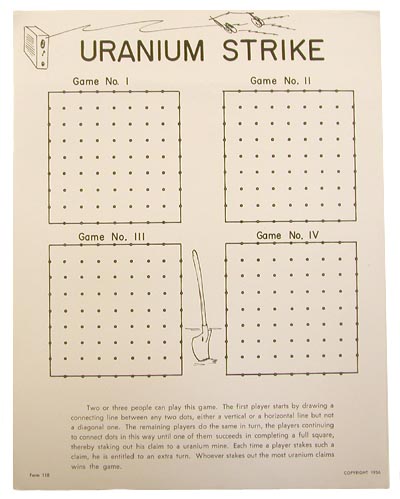

The Community Environmental Monitoring Program (CEMP) is a network of 29 monitoring stations surrounding and downwind of the Nevada Test Site (now the Nevada National Security Site or NNSS) where United States nuclear tests were conducted. The program is a joint venture between the Desert Research Institute and the Department of Energy’s Nevada Field Office.

The stations provide continuous measurements of gamma radiation and collect air particulate samples that are analyzed for radioactivity and meteorological measurements that aid in interpreting variations in background radiation. The CEMP stations provide evidence to the public that no releases of radiation of health concern are occurring from the NNSS to the stations.

Of the 29 stations, 23 upload data in real-time to a public website as well as digital readout displays at the stations, providing transparency to the public. The other 6 stations upload hourly.
The CEMP station pictured, above, is in Delta, Utah. The CEMP stations are designed to reduce the public perception of risk through community involvement. Be sure to visit the real-time data from the station: Delta, Utah (DRI-CEMP) Weather Station.












